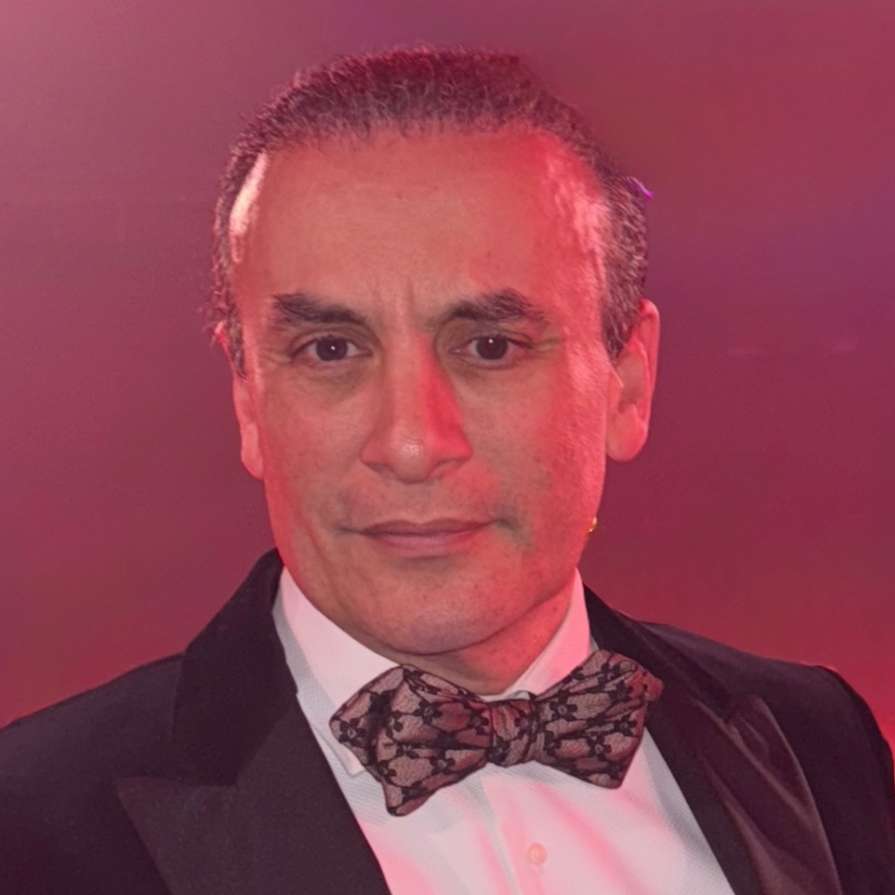VOLVER
IMCAS World Congress 2025
IMCAS World Congress 2025
Programa
Adapte el horario de la clase / congreso transmitido en vivo a su zona horaria
Referencia de zona horaria: (UTC+02:00) Europe, Paris
Lipofilling face
Sala: Room 342 - Level 3
Fecha: jueves 30 enero 2025 de 13:30 a 15:30
Formato: SESIÓN ENFOCADA > presentación que cubre una temática principal del congreso
Fecha: jueves 30 enero 2025 de 13:30 a 15:30
Formato: SESIÓN ENFOCADA > presentación que cubre una temática principal del congreso
Las presentaciones
| Horas | Oradores | Título de la presentación | Resumen | Número |
| 13:30 | Fat grafting has evolved in the last 20 years, so why do you still use the Coleman technique? | 139793 | ||
| 13:42 | Facial fat grafting: What has changed since 1984 | Ver | 139791 | |
| 13:54 | Facial contour treatment by fat graft | 139787 | ||
| 14:06 | Skin regeneration with autologous adipose tissue on areas pre-stimulated with multi beam simultaneous 1550 and 1927 nm fractional portable laser | Ver | 145149 | |
| 14:18 | Lipolifting: AI-enhanced facial fat transfer | 139792 | ||
| 14:30 | Fat transfer to regenerate, reconstruct, and beautify the face | Ver | 145093 | |
| 14:42 | Minimally invasive face surgery using fat grafting: Milli , micro, & nano fat surgery | 139794 | ||
| 14:54 | The future of regenerative aesthetics of the face: Stromal-enriched lipograft and advanced emerging technologies harness the power of lipografting | 139790 | ||
| 15:06 | Discussion and Q&A | 139795 | ||















